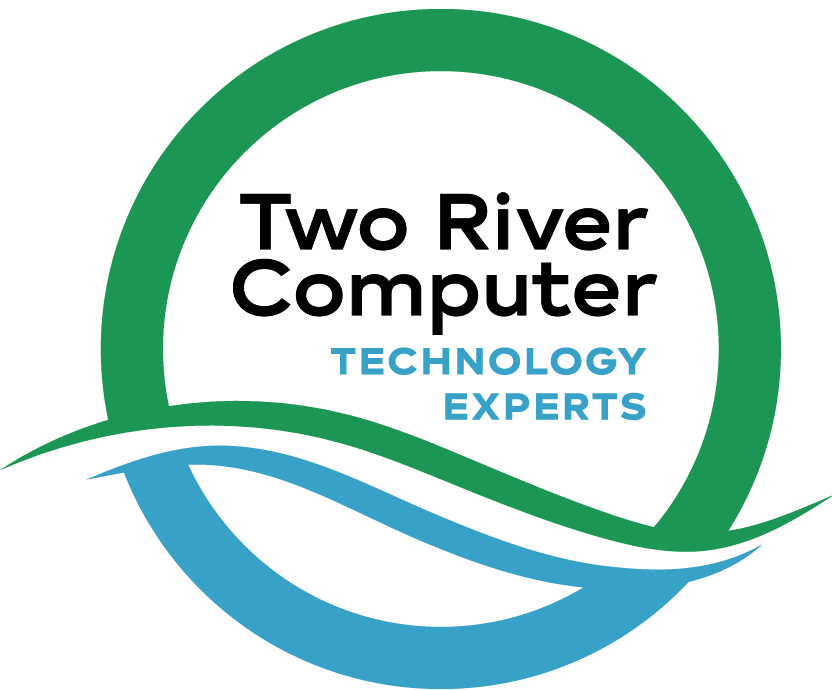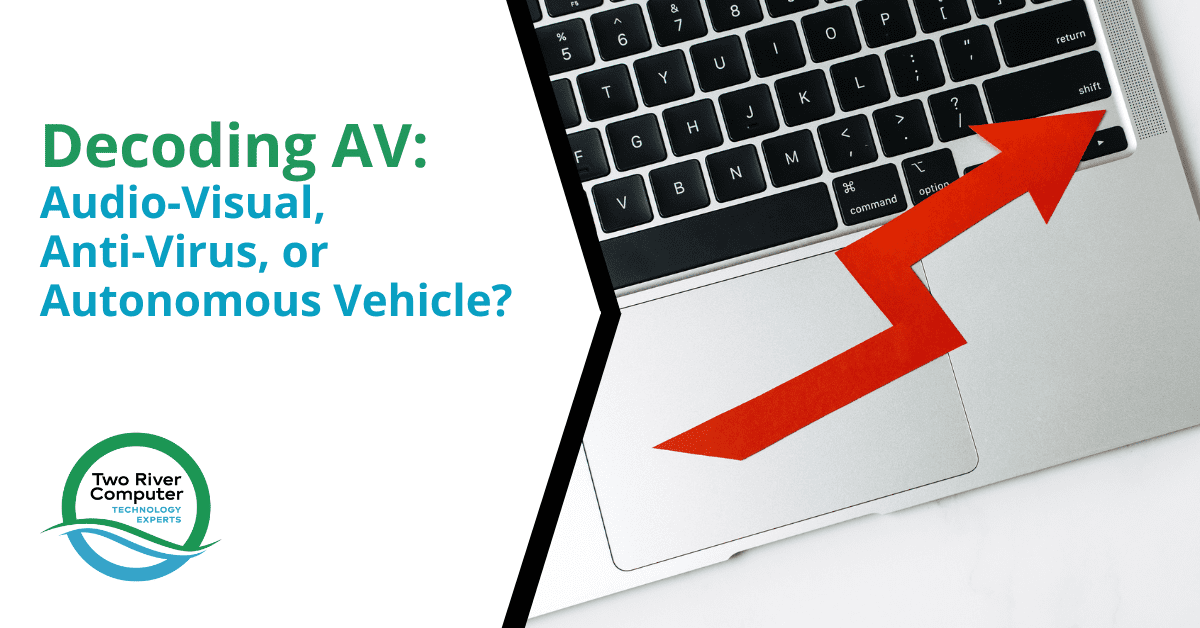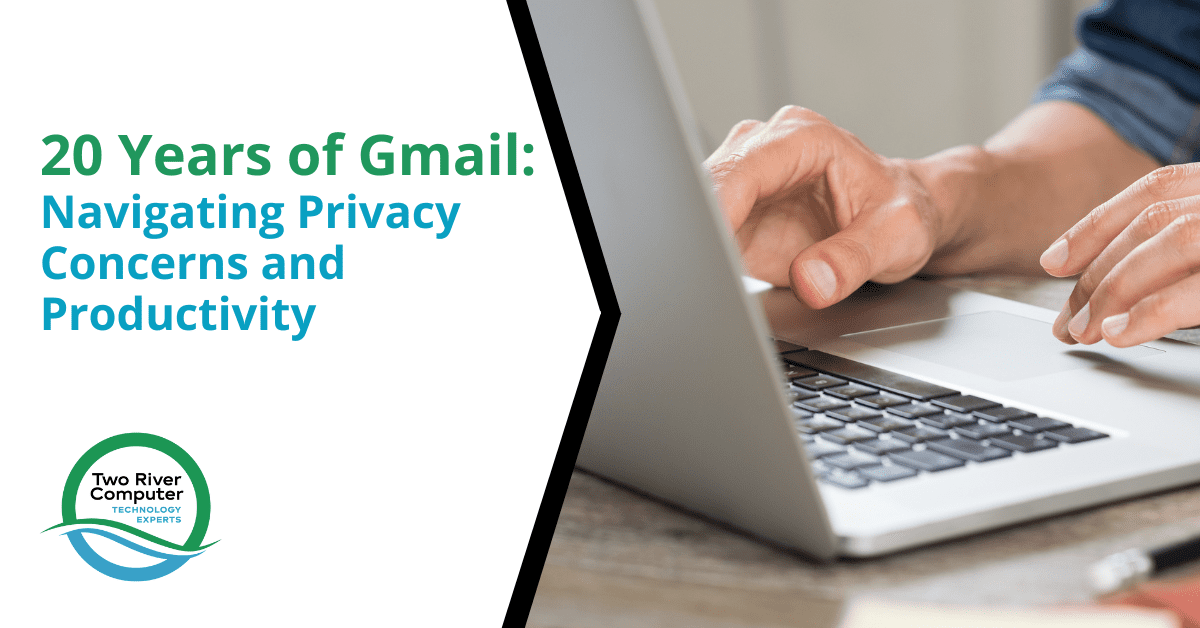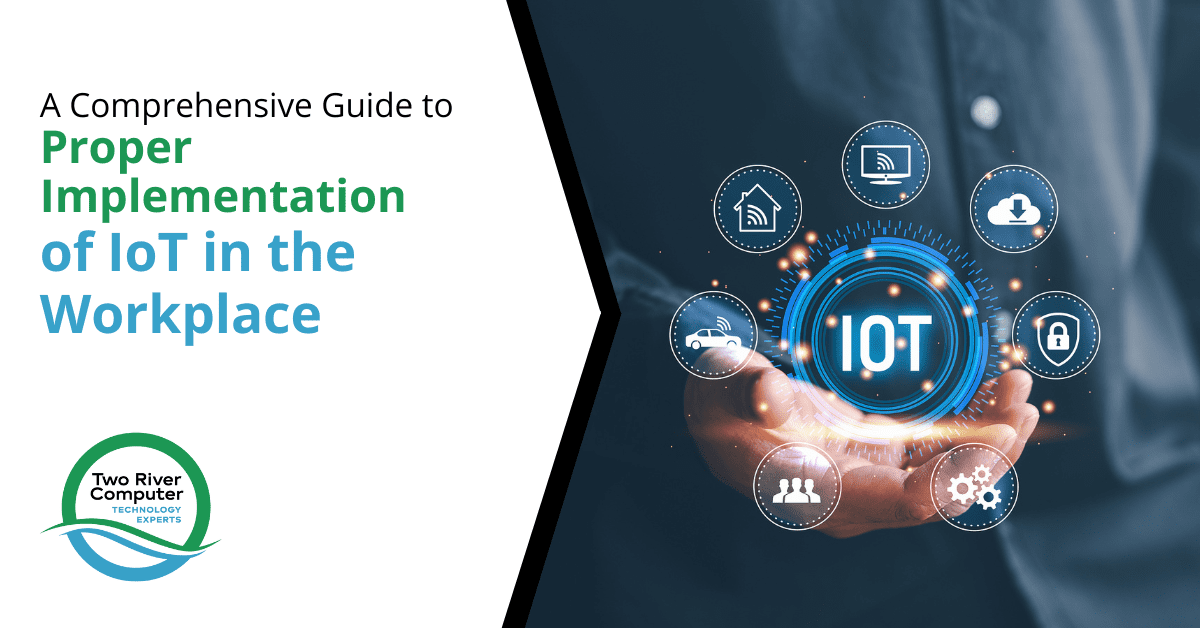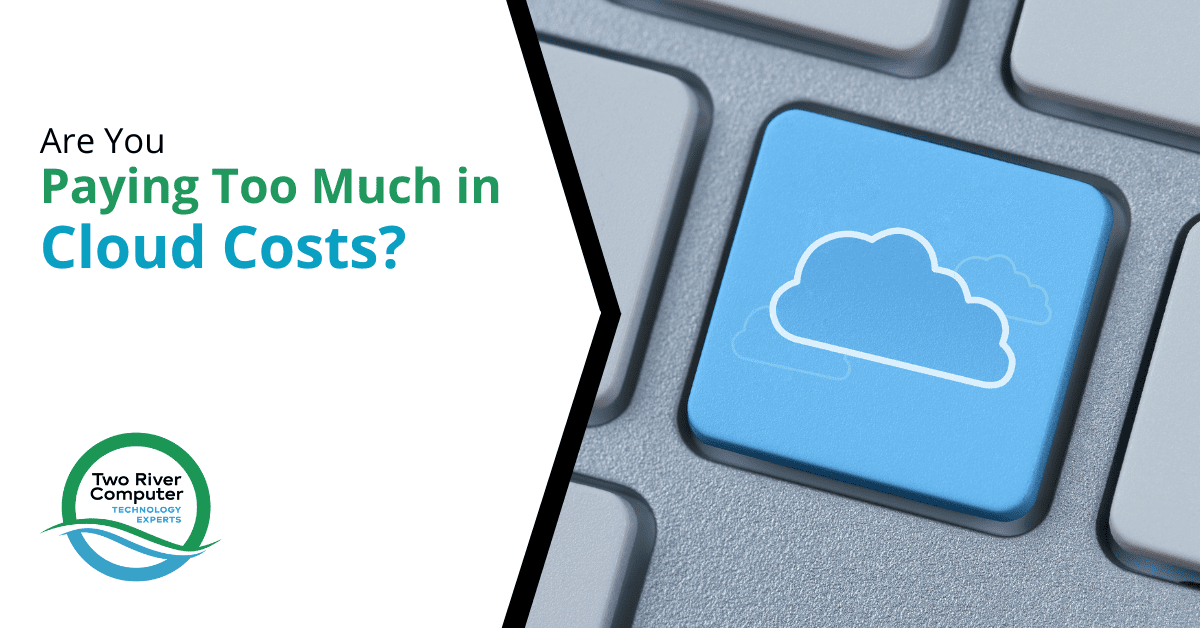
In today’s digital age, email remains a crucial communication channel for businesses, connecting them with customers, partners, and stakeholders. However, the effectiveness of email communication hinges on its ability to reach the intended recipients. [Read more…]
